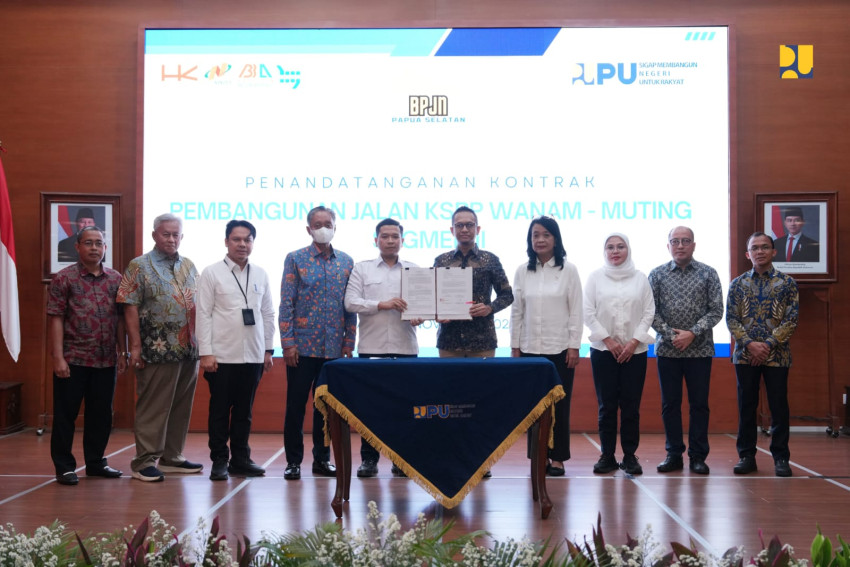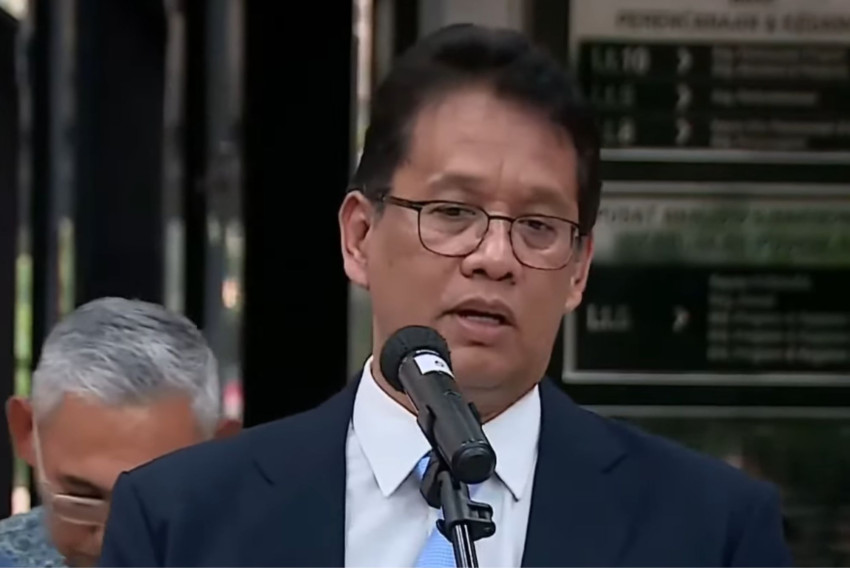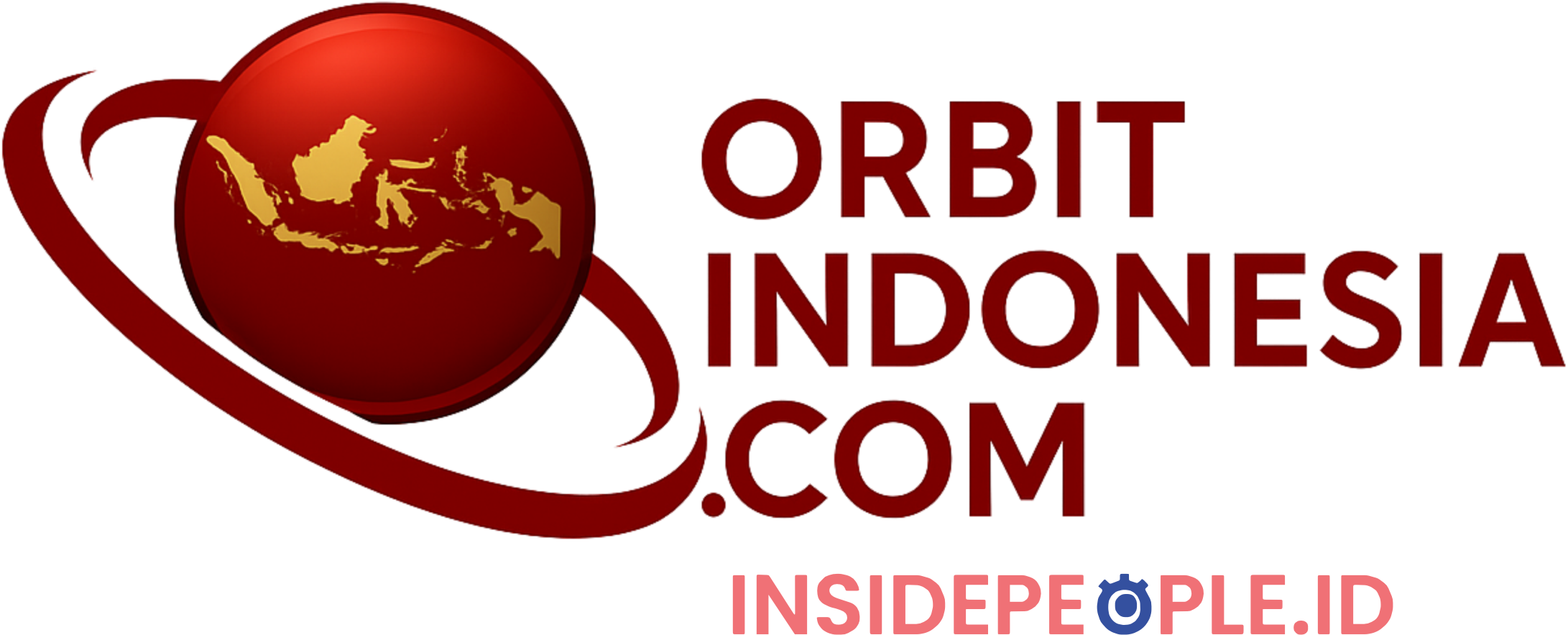The Great Convergence: Navigating the Blurred Lines in Asset Management
ORBITINDONESIA.COM – In a world where investment demands are evolving rapidly, asset managers are at the forefront, grappling with the increasing complexity of client needs.
The landscape of asset management is undergoing a transformative shift. Clients now seek products that integrate various asset classes, blurring the traditional boundaries between publicly traded and alternative assets. This trend, identified by McKinsey as 'the great convergence,' is reshaping the industry.
Data from McKinsey highlights a surge in requests for complex financial products. Investors are no longer satisfied with conventional offerings. They desire diversified portfolios that encompass a mix of equities, bonds, real estate, and private equity. This integration is driven by the quest for higher returns and risk mitigation. The convergence is not just a trend—it is a fundamental industry evolution.
This shift signifies a broader change in how investors perceive risk and reward. By blurring the lines between asset classes, the industry is moving towards a more holistic view of investment. However, this demands greater expertise and adaptability from asset managers. They must navigate these waters carefully, balancing innovation with prudence.
The great convergence presents both challenges and opportunities for asset managers. As they adapt to these demands, the industry must ask: How can we ensure that innovation does not outpace regulation? The answers will shape the future of asset management and the stability of financial markets. As the lines continue to blur, vigilance and foresight will be key.












